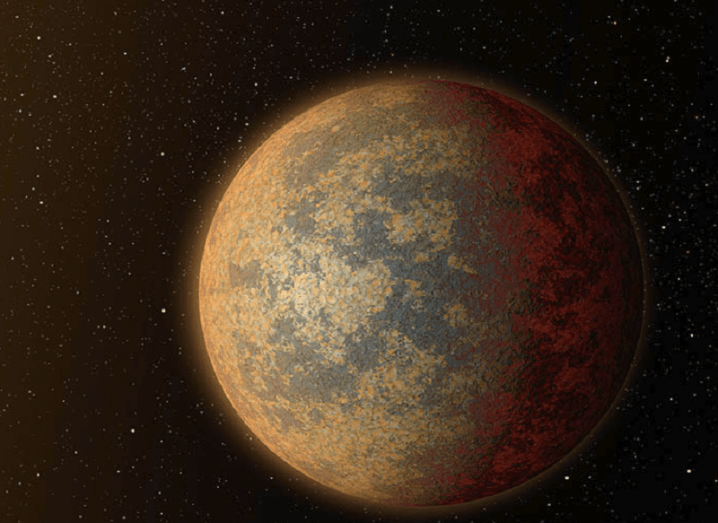-
Tips for becoming a good boxer - November 6, 2020
-
7 expert tips for making your hens night a memorable one - November 6, 2020
-
5 reasons to host your Christmas party on a cruise boat - November 6, 2020
-
What to do when you’re charged with a crime - November 6, 2020
-
Should you get one or multiple dogs? Here’s all you need to know - November 3, 2020
-
A Guide: How to Build Your Very Own Magic Mirror - February 14, 2019
-
Our Top Inspirational Baseball Stars - November 24, 2018
-
Five Tech Tools That Will Help You Turn Your Blog into a Business - November 24, 2018
-
How to Indulge on Vacation without Expanding Your Waist - November 9, 2018
-
5 Strategies for Businesses to Appeal to Today’s Increasingly Mobile-Crazed Customers - November 9, 2018
Planetary System with Three Super-Earths Located Just 21 Light Years Away
At a distance of “only” 21 light years from Earth, researchers at the University of Geneva (UNIGE) have uncovered a new planetary system that includes three super-Earths and one giant outer world.
Advertisement
Just over a week after the discovery of an Earth-like planet dubbed “Earth 2.0”, astronomers have now discovered what appears to be three super-Earths surrounding a distant dwarf star. However, it is the closest transiting planet discovered by scientists thus far, giving them the opportunity to further study its atmosphere and composition, the authors told the website.
The finding was enabled by the HARPS-N spectrograph which is located with the Italian Telescopio Nazionale Galileo in the Roque de los Muchachos Observatory. The star, a 5th-magnitude K dwarf, slightly colder and less massive than our Sun, is so bright that we can follow her with a naked eye from dark skies, next to one leg of the W-shape Cassiopeia constellation, all year round in our boreal hemisphere.
The location of the star HD 219134 (circle) is host to the nearest confirmed rocky planet found to date outside of our solar system.
‘These transiting systems are especially interesting in that they allow characterisation of the atmosphere of the planet (by studying) the light of the star going through the atmosphere, ‘ Udry said.
Of these planets, the closest to the star has an orbit of just 3 days.
Certainly, this makes the closest transiting planet ever spotted a not so welcoming life habitat. NASA’s Spitzer space telescope calculated that its mass was 4.5 times higher than Earth’s, and that it was 1.6 times larger. The transiting super-Earth has a density similar to the Earth’s.
“If, by chance, these two planets would be in a coplanar configuration with their third inner sister, HD 219134b, as often observed for compact systems, the whole family might be transiting”. The group hopes to capture other transits in the near future. In the outer region of the planetary system, the astronomers identified a giant planet, similar to Saturn.
Advertisement
However, HD219134b’s proximity to the star means that the planet is not capable of supporting liquid water, but could be reminiscent of Earth’s beginnings as a rocky volcanic world covered in flowing molten lava. “In particular, the future CHEOPS satellite of the European Space Agency (ESA), developed under Swiss leadership with a strong involvement of UNIGE and of the University of Bern, will provide the ideal tool for such observations”, comments with enthusiasm Prof.




























